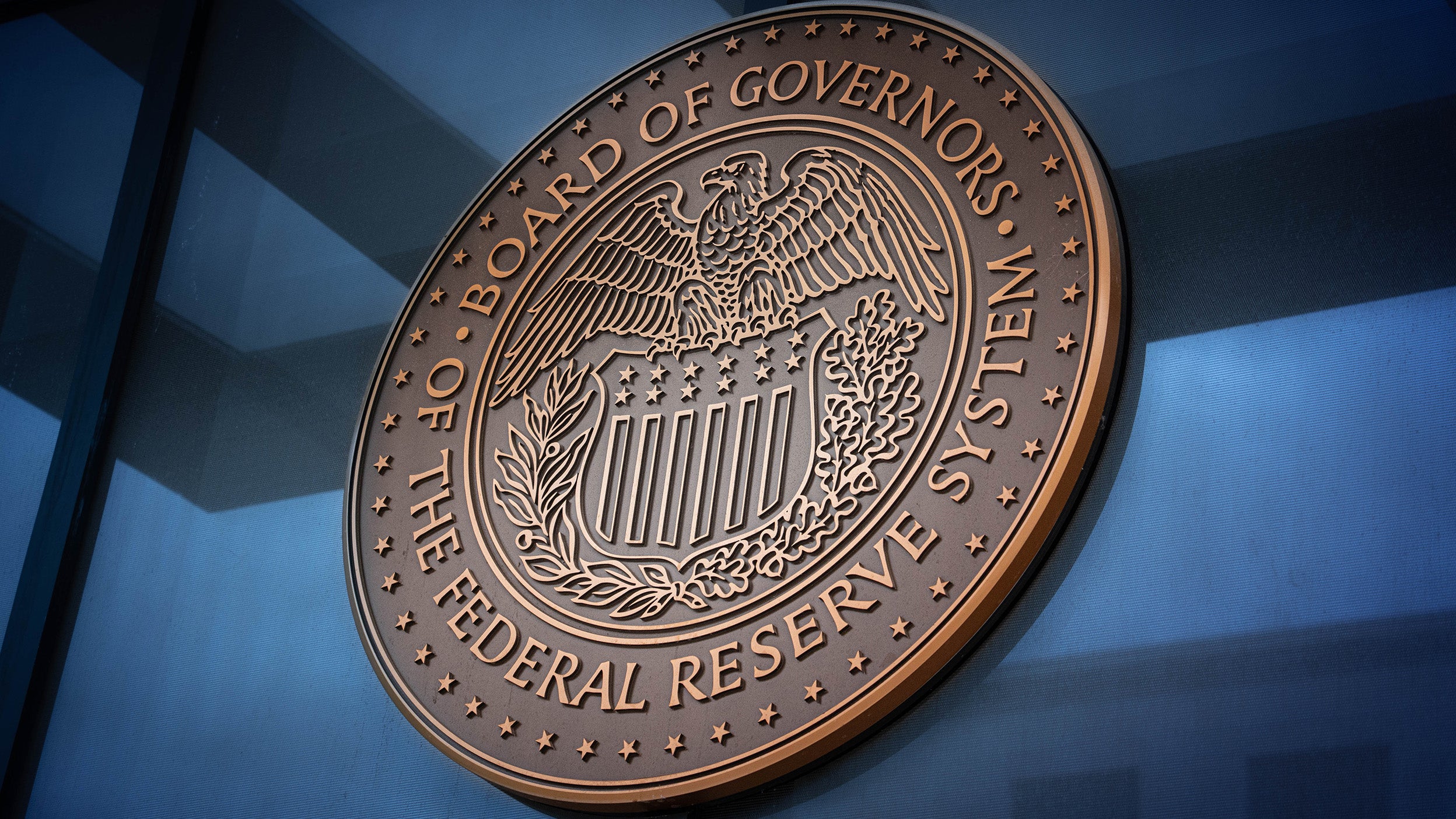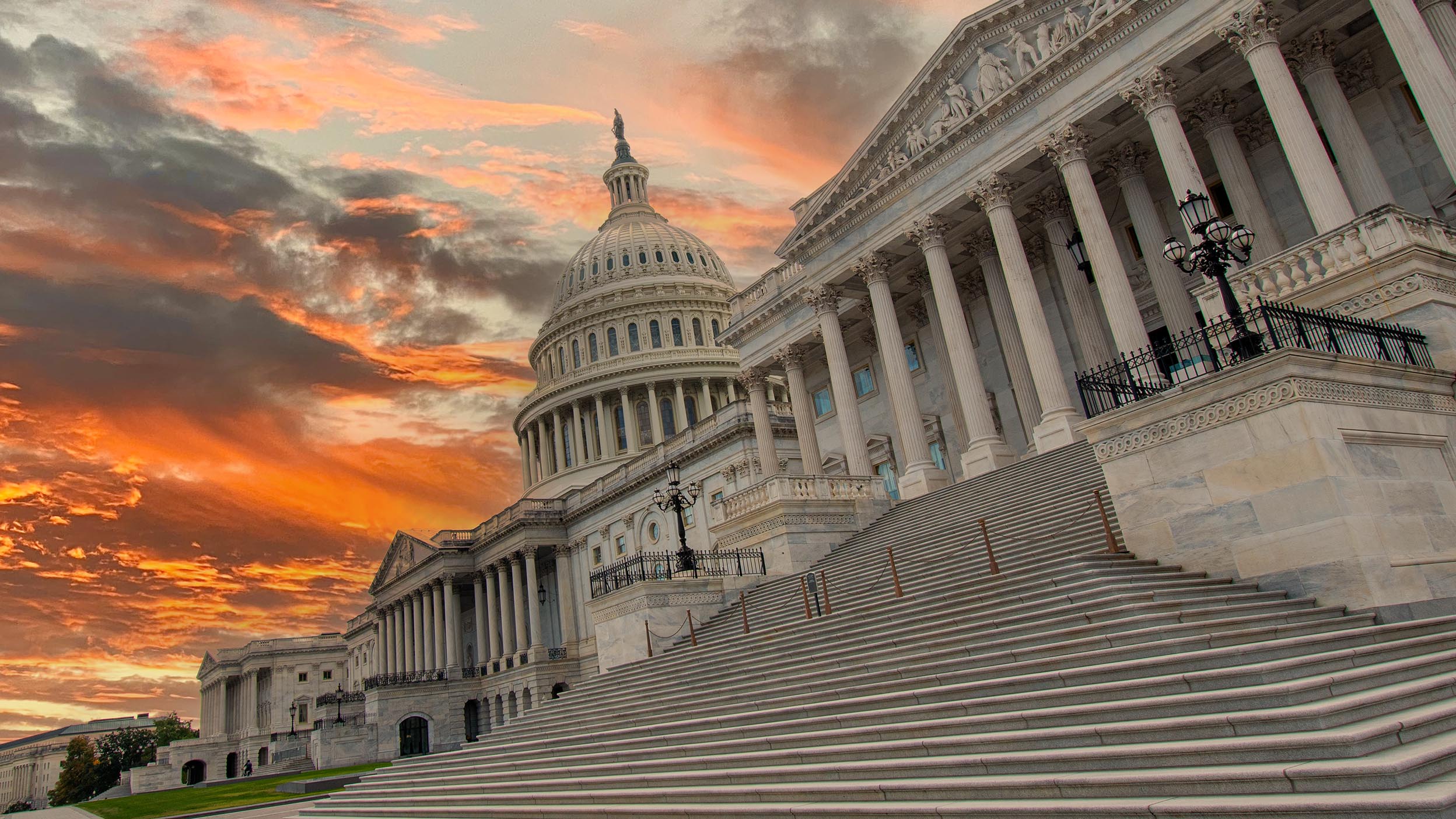
Markets and Economy Navigating Fed monetary policy uncertainty and the markets
A rate cut, which markets are pricing in despite Fed member differences, and an expected improving economy in 2026, could support stocks.

With the shutdown over a week old, parts of the government have closed, as Congress continues to disagree over how to fund it.
While this shutdown has seen limited market volatility so far, many past shutdowns saw more, which tended to resolve quickly with little impact.
Don’t let any short-term market volatility from a government shutdown change your long-term investing plan.
The federal government’s fifth shutdown this century has entered its second week. As Congress continues to disagree over funding, large parts of the US government sit dormant. The market, so far, hasn’t seemed to care. What is a government shutdown, and when will it be resolved? How has the government shutdown affected the stock market? Should investors be concerned?
During the shutdown, essential government functions have continued. This has included, but hasn’t been limited to, air-traffic control, border patrol, federal prisons, power grid, mail delivery, disaster relief, food-safety inspections, military, and tax collection. Seniors have continued to receive Social Security and Medicare. Veteran benefits, unemployment benefits, and food stamps have been administered.
Many non-essential government activities have ceased though. Examples abound, but here are just a few. The Justice Department has suspended many civil cases. NASA has paused most projects but continues to support to the International Space Station. Certain national parks have remained open, but with limited hours and staffing. The National Zoo has continued to operate using last year’s funds, but is set to close Oct. 12 (though the animals will be fed.)
A shutdown is no laughing matter for the estimated 3 million federal employees. Non-essential workers have been furloughed. Essential workers may be paid retroactively when Congress funds the government again. In 2019, roughly 800,000 non-essential workers were furloughed, and 1.3 million essential workers received IOUs.
Government shutdowns have precedent. This is the 22nd since modern Congressional budgeting began in 1976. The longest — 34 days — lasted from December 2018 to January 2019, during the first Trump administration.1 Most were resolved much more quickly, with an average length of eight days. Five only lasted a day.
Shutdowns typically end when one or both political parties can no longer withstand the public’s ire. During the 2013 government shutdown, Congress’s approval rating fell to a record-low 9%.2 For context, at the time, that was below approval ratings for head lice, root canals, traffic jams, and even colonoscopies. As of September 2025, 26% of Americans approved of Congress, down from a multi-year high of 36% in March 2021.3
The good news is that government shutdowns haven’t really affected the stock market historically. While there have been examples of heightened market volatility, it’s generally been benign. (And so far that’s been true of this shutdown as well.) The S&P 500 Index posted positive returns during 12 of the 21 previous government shutdowns. The average S&P 500 return during those shutdowns was 0.1%.4 (Remember, shutdowns have been resolved, on average, within eight days.)
Source: Bloomberg L.P., 12/31/22. The Dow Jones Industrial Average is a price-weighted index of the 30 largest, most widely held stocks traded on the New York Stock Exchange. Volatility is measured by the standard deviation of price moves on returns of the index. Standard deviation measures a range of total returns for a portfolio or index compared to the mean. An investment cannot be made into an index. Past performance does not guarantee future results.
In the 12 months following the December 2018 government shutdown — the most recent — the S&P 500 Index gained 26.2%. It returned 19.72% in the year following the infamous shutdown of 2013. In fact, since 1980, the average S&P 500 return in the 12 months following the government closing is 16.95%.5
Extending the timeline even further, a $100,000 investment in the S&P 500 Index in 1957 would’ve been worth $12.6 million by the end of 2024.6 That’s despite 21 government shutdowns.
While unnerving, concerns about shutdowns shouldn’t change investors’ long-term investment plans; sticking to the plan may be the best way forward. This isn't the first government shutdown, and it likely won’t be the last. We expect the spending bill (or bills) to pass eventually and government operations to return to normal.
In the meantime, the political gamesmanship continues. Past shutdowns have generally been short with little noticeable impact for most people. Let’s hope history repeats itself.

A rate cut, which markets are pricing in despite Fed member differences, and an expected improving economy in 2026, could support stocks.

We believe global equities may continue to rise in the new year, and we expect new opportunities to be unlocked as market leadership evolves.

Get insight on the recent sell-off in the artificial intelligence trade, the potential for a Santa Claus rally, and the K-shaped economy.
Important Information
NA4891474
Image: Douglas Rissing / Getty
Past performance is not a guarantee of future results.
Indexes are unmanaged and cannot be purchased directly by investors. Index performance is shown for illustrative purposes only and does not predict or depict the performance of any investment.
Past performance does not guarantee future results.
All investing involves risk, including the risk of loss.
In general, stock values fluctuate, sometimes widely, in response to activities specific to the company as well as general market, economic and political conditions.
The opinions referenced above are those of the author as of Oct. 10, 2025. These comments should not be construed as recommendations, but as an illustration of broader themes. Forward-looking statements are not guarantees of future results. They involve risks, uncertainties and assumptions; there can be no assurance that actual results will not differ materially from expectations.
This link takes you to a site not affiliated with Invesco. The site is for informational purposes only. Invesco does not guarantee nor take any responsibility for any of the content.